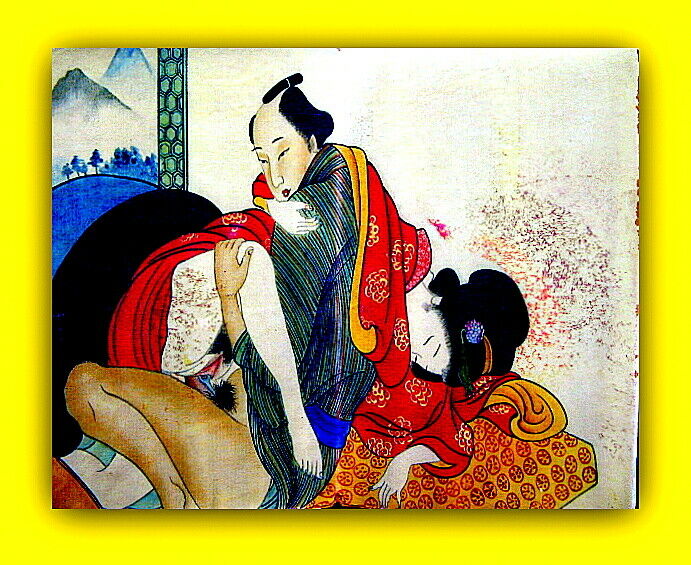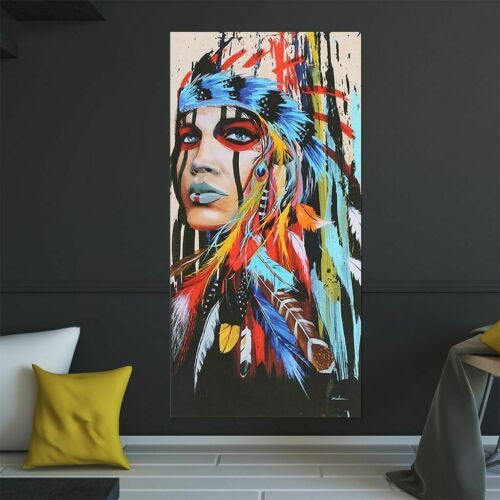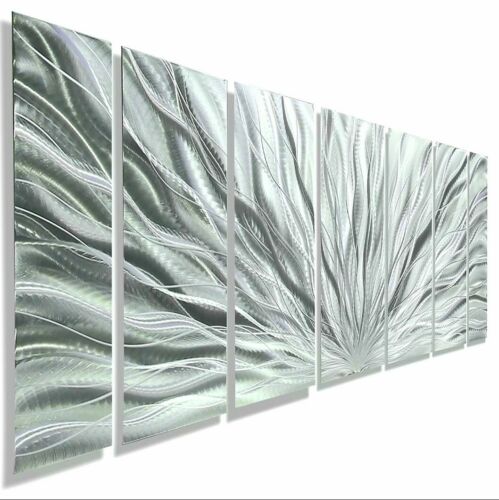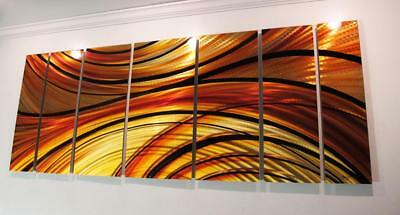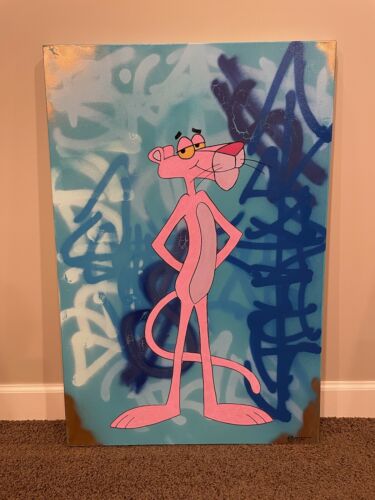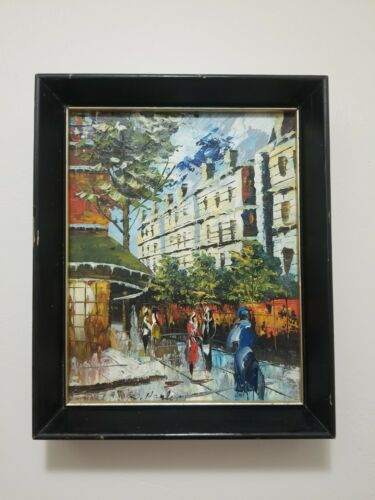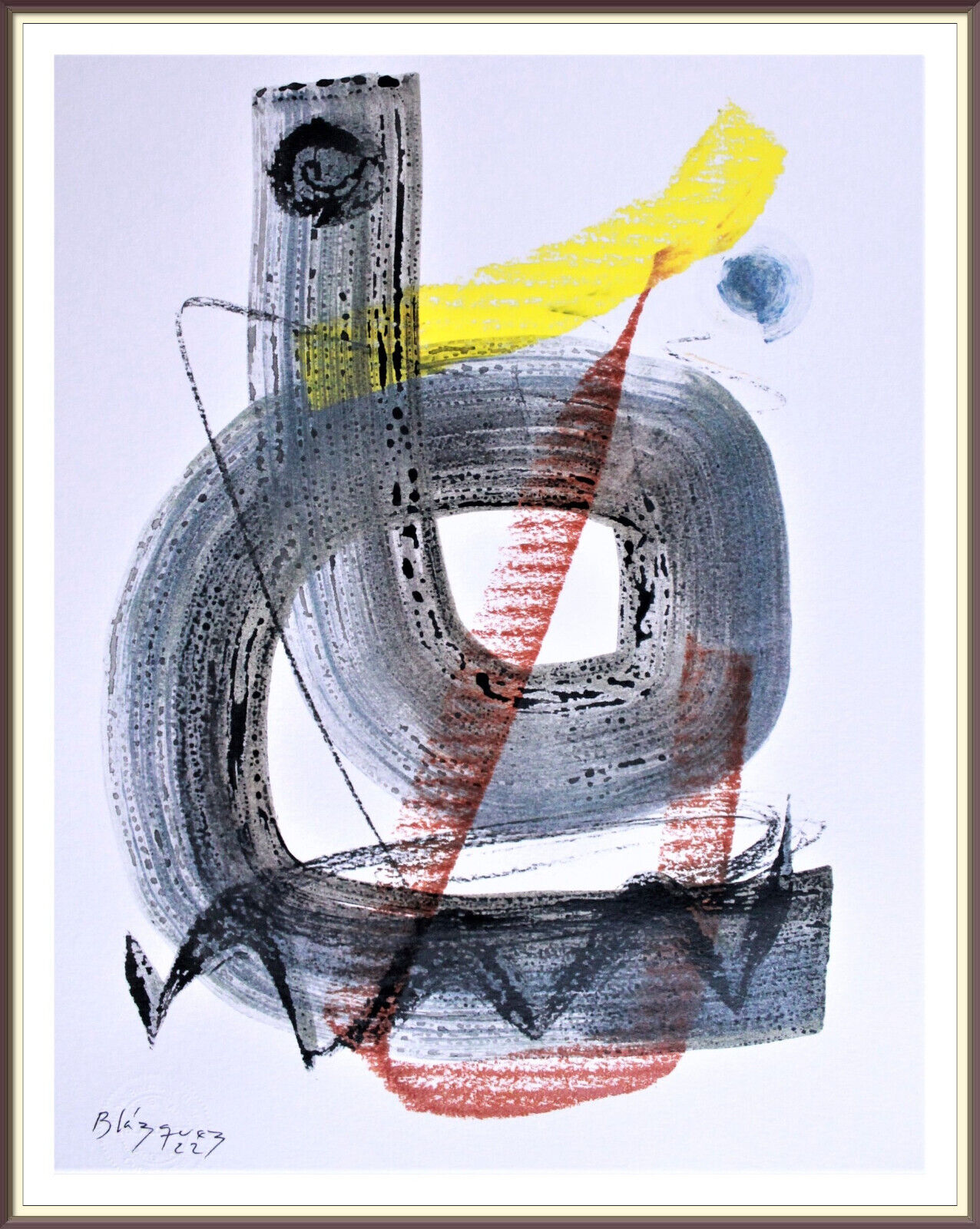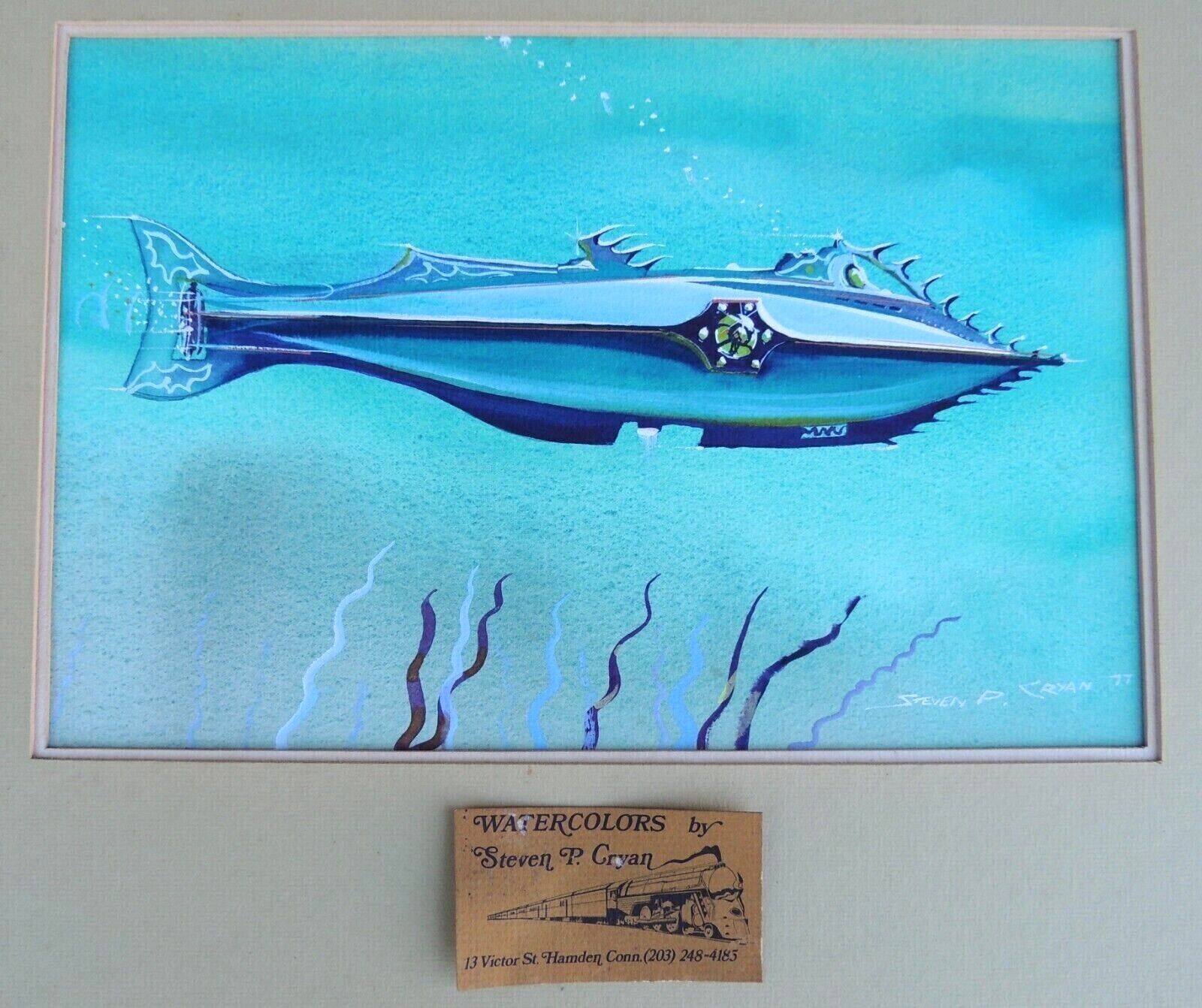-40%
Original Japanese Textile Painting,Erotic,Japan,Shunga, Y.Shigenobu, around 1800
$ 0.52
- Description
- Size Guide
Description
** OriginalJapanese
T
extile Painting **
Shunga Dynasty
Erotic-JAPAN
Y.Shigenobu
Content
:
Hand painted
on
Chinese
textile fibers
Erotic representation
*** Colored
M
asterpiece ***
Material
:
Chinese fabric textile fibres
Cardboard
Collation
:
Hand work
of
an
unknown
Japanese
artist
Origin :
Japan
,
Prefecture
Ōsaka-
Sakai-shi
Tokugawa Dynasty
Shunga
(spring pictures)
is
the
Japanese
term
for
paintings
,
prints
and
pictures
any
kind
representing
sexual
acts
in
an explicit way.
Although
shunga
exist
also
as
paintings
,
drawings
,
engravings
,
photos
,
.
be
among them
usually
corresponding
Japanese
woodblock prints
or
books
of the
Edo
and
Meiji periods
(17th
century
until
1912)
understood
.
You
are
assigned
to
all
the
Ukiyo-e genre
,
their
production
participated
almost
all
known
woodblock artists
(mostly
under
the
pseudonym).
The
dealer
and
Publisher
called
Kagami-e
(mirror images)
or
WA-jirushi
(soulful
prints).
The
term
Higa
,
secret
pictures)
was
possibly
only
for
illustrations
of
sexual
content
on
the
walls
,
use
the
sliding doors
and
the
place screens
of
premises
earmarked
for
secret
rendezvous
.
The
term
Sunga
(
the
"Spring"
is
a
metaphor
for
sex
)
was built
during
the
Meiji period
(1868-1912).
Parallel
to this
was
that
the
term
Shunbon
(spring books)
for
sexual
content
in
use
books
.
Shunga
or
Makura-e
were
officially
banned
,
as
they
were
still
called
at
the
end
of
the Edo
period
since
1720.
By
the
authorities
,
they
were
however
with
the
exception
of a
period
of
10
to
15
years
after
1720
,
and
some
years
following
the
Kansei reforms
(1788-93),
where
this
prohibition
was
renewed
,
more
or
less
tolerated
;
their
sale
"under
the
counter"
was
possible
without
fear
of
sanctions
.
1869
Warai e
and
Enbon
were
Once again
banned
,
but
continued to
produced
and
purchased
,
albeit
to
a lesser
extent
than
before
.
Towards
the
end
of
the
Meiji period
both
production
and
distribution
as
also
the
possession
were
the
1910
now
felt
obscene
images
under
subpoena
and
this
Government
consistently
implemented.
*** Then, much of
the
material
was
destroyed ***
*** Shunga paintings
and
engravings
on
textile fibers
are
very
rare
,
Since
most
were
destroyed
!!! ***
You
are
bidding
on
this
original
Japanese
textile painting.
*** Tokugawa Dynasty ***
*** RARELY !!! ***
